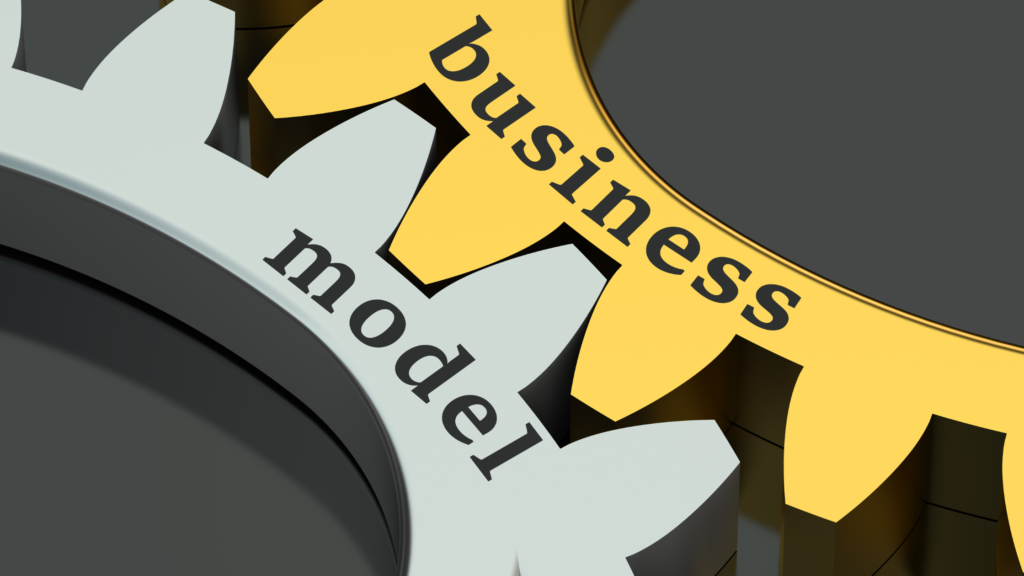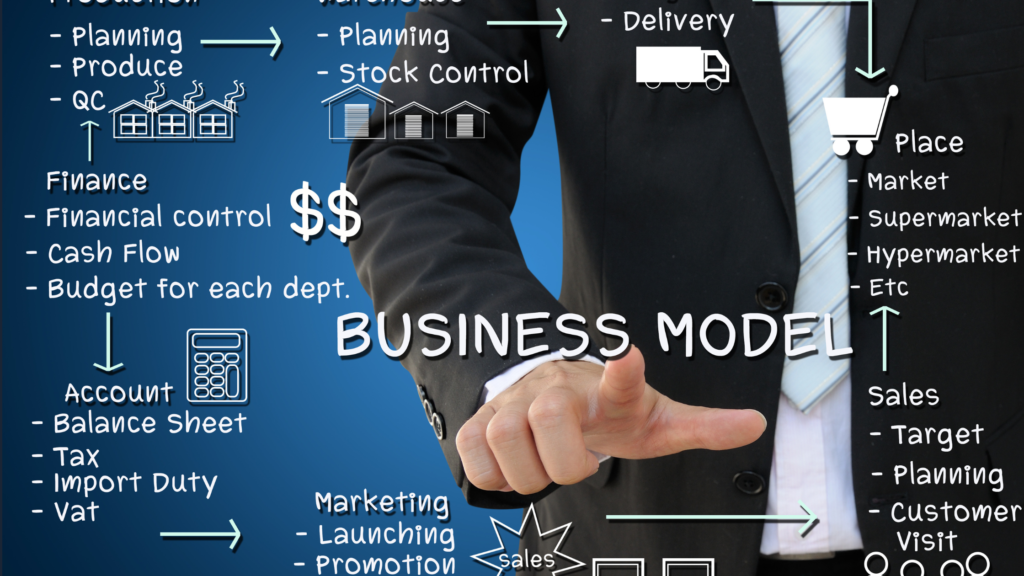In an era where environmental and social consciousness is increasingly influencing consumer and investor decisions, crafting a sustainable business model is more crucial than ever. For organizations like Bottom Billion Corporation (BBC), which are dedicated to promoting economic development and sustainability, adopting such models is not just beneficial but essential. A sustainable business model integrates economic viability with social and environmental responsibility, ensuring long-term success and resilience. This article explores the fundamental aspects of sustainable business models, strategies for implementation, and the far-reaching benefits they offer to businesses and society. strategies for implementation, and the benefits it brings to businesses and society.
Understanding Sustainable Business Models

A sustainable business model integrates environmental, social, and economic considerations into the core strategy of a company. It ensures that business operations do not deplete natural resources or harm communities but rather contribute positively to society and the planet.
Key Components of a Sustainable Business Model

Environmental Responsibility
Implementing eco-friendly practices such as reducing waste, conserving energy, and using renewable resources.
- Example: Companies like Unilever have committed to sustainable sourcing of raw materials, reducing their environmental footprint.
Social Responsibility
Ensuring fair labor practices, promoting diversity and inclusion, and contributing to community development.
- Example: Ben & Jerry’s, known for its social mission, actively supports various social causes and community projects.
Economic Viability
Creating a business model that is financially sustainable, generating profit while maintaining ethical standards.
- Example: Patagonia, which balances profitability with environmental activism, demonstrating that sustainability and business success can go hand in hand.
Strategies for Building a Sustainable Business Model
Incorporate Sustainability into the Core Mission
Align the company’s mission and values with sustainability goals.
- Example: IKEA’s commitment to becoming climate positive by 2030 reflects its dedication to sustainability.
Engage Stakeholders
Collaborate with employees, customers, suppliers, and communities to promote sustainable practices.
- Example: Starbucks involves its stakeholders in sustainability initiatives like ethically sourcing coffee beans and reducing waste.
Invest in Sustainable Technologies
Adopt technologies that enhance resource efficiency and reduce environmental impact.
- Example: Tesla’s innovation in electric vehicles and solar energy products represents a significant investment in sustainable technology.
Develop Sustainable Products and Services
Create products that are eco-friendly and meet the needs of conscious consumers.
- Example: Seventh Generation produces household products that are environmentally safe and sustainably sourced.
Measure and Report Sustainability Performance
Regularly monitor, assess, and report on sustainability metrics to ensure continuous improvement.
- Example: Companies like Microsoft publish annual sustainability reports to track progress and set new goals.
Benefits of a Sustainable Business Model
Enhanced Brand Reputation
Businesses known for their commitment to sustainability often enjoy a stronger brand image and customer loyalty.
- Example: The Body Shop’s dedication to ethical sourcing and animal cruelty-free products has earned it a loyal customer base.
Cost Savings
Implementing energy-efficient practices and reducing waste can lead to significant cost savings.
- Example: Walmart’s sustainability initiatives have resulted in substantial reductions in operational costs.
Attracting Investment
Investors are increasingly interested in companies with strong sustainability credentials, recognizing the long-term value they offer.
- Example: Companies listed on sustainability indexes, like the Dow Jones Sustainability Index, attract more socially responsible investors.
Risk Management
Sustainable practices help businesses mitigate risks related to environmental regulations, resource scarcity, and social issues.
- Example: Nestlé’s water stewardship program aims to manage water resources sustainably, reducing risks associated with water scarcity.
Innovation and Growth
Focusing on sustainability drives innovation, leading to new products, services, and market opportunities.
- Example: Adidas’s partnership with Parley for the Oceans to create shoes made from recycled ocean plastic showcases innovation in sustainable product development.
Building a sustainable business model is not just an ethical choice but a strategic one that drives long-term success. By incorporating sustainability into their core mission, engaging stakeholders, investing in sustainable technologies, and developing eco-friendly products, businesses can create positive impacts on the environment and society. The benefits of a sustainable business model, from enhanced brand reputation to cost savings and risk management, make it a wise investment for any forward-thinking company. Bottom Billion Corporation is committed to supporting businesses in their journey toward sustainability, ensuring a brighter future for all.



